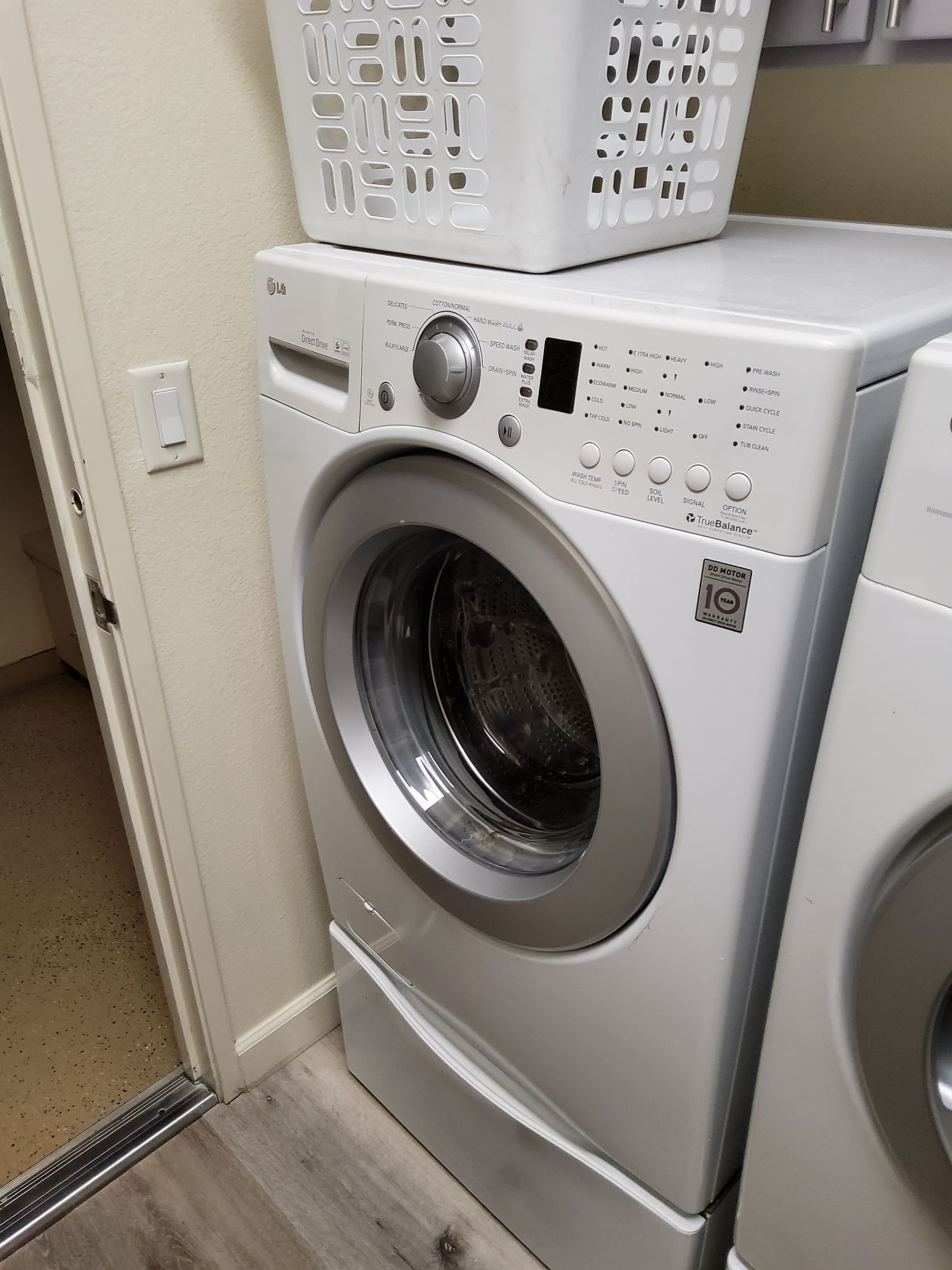
Laundry day is never complete without the hum of the washing machine drying our clothes, towels, and blankets. However, when your washing machine starts struggling with moisture drainage during the drying cycle, it can turn this routine task into a frustrating experience. Whether your machine is failing to extract moisture efficiently or it is causing water pooling in the drum, understanding the issue and how to resolve it is crucial to restoring your appliance’s performance.
Why Is the Moisture Drainage System Important?
The moisture drainage system in a washing machine plays a critical role in the laundry drying process. During the spin cycle, the machine uses high-speed rotations to extract water from the clothes. However, when it’s drying clothes, especially in machines equipped with drying functions, the moisture needs to be properly channeled out of the drum to prevent water from building up. If this system malfunctions, the result is ineffective drying, damp clothes, or water leakage around the machine.
Common Problems in the Moisture Drainage System
- Clogged or Blocked Drain Hose:
- Malfunctioning Drain Pump:
- Damaged or Worn-out Drain Valve:
- Faulty Moisture Sensor:
- Dirty or Damaged Filter:
- Check for Clogs:
- Inspect the Drain Pump:
- Examine the Drain Valve:
- Test the Moisture Sensor:
- Clean the Filter:
- Regularly clean the lint filter and drain hose to prevent clogs.
- Ensure that the machine is leveled properly to avoid drainage problems.
- Run maintenance washes periodically to clear any buildup inside the drum or pipes.
- Avoid overloading the machine, as it can strain the drainage system.